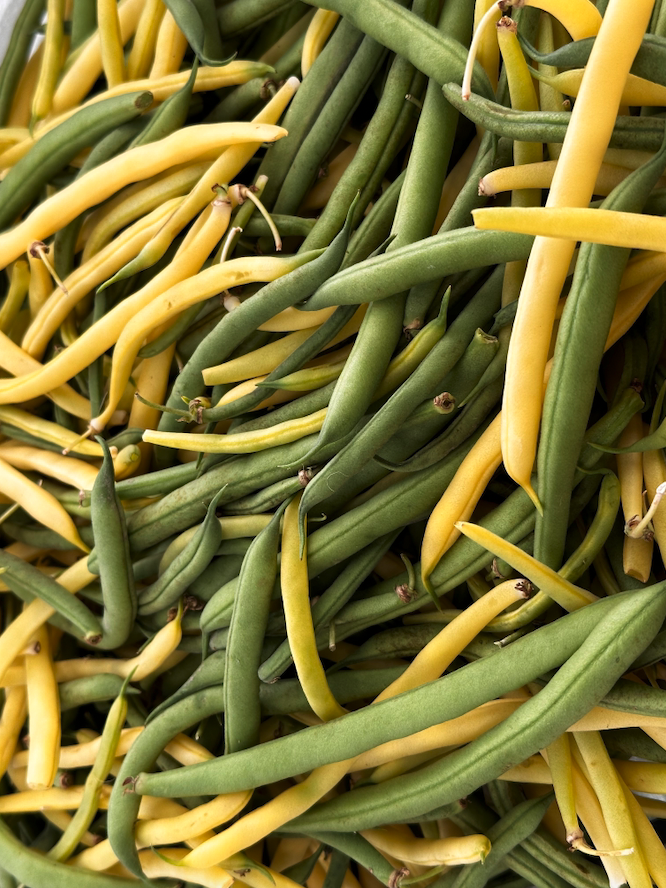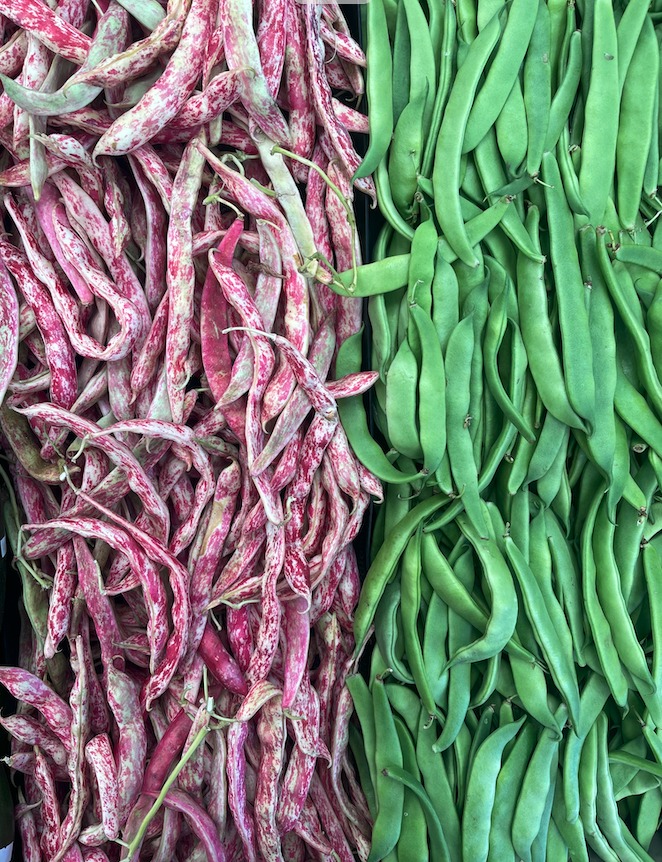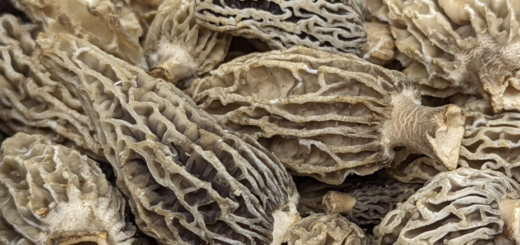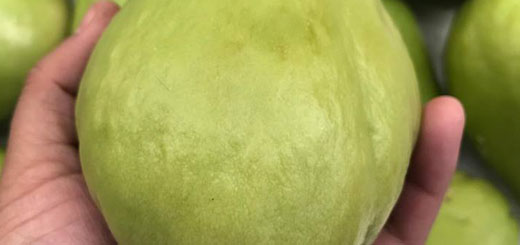Oh, Beans! Local beans are now in season
Oh, Beans!
Fresh-picked Cranberry, Yellow Wax, Blue Lake and Italian beans are all coming to us from local farmers – try them today!
You know you’re lucky to live in California, and especially the San Francisco Bay Area, right? It’s one thing to know it, but it’s another to take advantage of what we’ve been blessed with in our surrounding area.
Almost any vegetable you can think of, California can grow it. The best part? You get to eat it when it’s fresh. And if you buy something at Sigona’s that’s marked as locally grown (meaning it comes from within a 150 mile radius), it’s likely it was picked and delivered to our stores in less than 24 hours.
Fresh-picked produce is in a class of its own. You can’t beat the snap of a fresh bean, the sweetness of an ear of corn or still field-warm strawberry. Do you know how to check the freshness of a bean on the spot? Try putting a bean in the palm of your hand and snap one end with your thumb; if it bends to more than a 90 degree angle without snapping, it’s past its prime.
Fresh beans will convert almost anyone to a bean fan. If you’re used to only canned green beans, and especially if you do not care for them, we hope you take advantage of the local bean season and give them a whirl. Fresh beans taste nothing like canned. The fresher they are, the sweeter and crisp they’ll be.
We’re getting a variety of different beans in from local farmers, including Blue Lake beans (green beans) from Watsonville, Brentwood and Morgan Hill, and we have Italian beans, Yellow Wax beans and Cranberry beans from Brentwood.
While you can eat the pods (well, all but the tough stem end) of the Blue Lakes, Yellow Wax and Italian beans, Cranberry beans must be shelled before they’re edible. It does take time to remove the stem ends or free the beans from the shell of the Cranberry beans, but don’t let that deter usage. You can even employ the family to help while they’re watching TV or out enjoying a warm summer evening. Once you get going, it doesn’t take that long at all!
Beans are a fantastic source of fiber and are a hearty ingredient to use in vegetarian dishes as they’re also a great protein. Most beans are low in calories and fat, too, so you can’t beat that! Shelling beans contain just 100 calories per 1/2 cup serving, and provide 20 percent of your daily fiber requirement. They pack 7 grams of protein and just 1 gram of sugar. Yellow Wax beans also contain good amount of vitamin C, iron and folate, which is good for soon-to-be mommas and their developing babies.
Italian Beans: Italian beans are one of my favorites. This all-edible bean is flat, fat and, when cooked just right, has a creamy, velvety texture that’s to die for. I’m a firm believer in simply blanching veggies before they’re used in dishes, but with the Italian beans you’ll want to cook them longer to get that velvety, creamy texture you don’t get with other long, skinny beans, such as Blue Lakes or Yellow Wax. Make sure to check out the recipe for Sautéed Italian Beans with Creamer Potatoes and Pearl Onions.
Blue Lake Beans: These are your typical green beans. Though this bean is the quintessential canning bean, you really can’t beat them when they’re fresh. Fresh Blue Lakes are tender, sweet and flavorful. The variety is long, straight and bright green with a thick pod surrounding small beans. The whole bean, pod and all, is edible, though you’ll want to snap or snip off the stem end before cooking. I like them best when blanched and added to a bean salad or sautéed with a little onion and bell pepper. Rachael Ray also makes a fantastic and flavorful dish called Chicken Salad Piccata made with fresh beans.
Yellow Wax Beans: This variety of bean looks and cooks just like a green Blue Lake bean. They’re long and skinny and their light yellow color adds a bright pop to dishes. The waxy-textured pod surrounding the small beans inside is all edible, and they have a more subtle flavor than the common green bean. While Yellow Wax beans can be substituted for green beans in most recipes, they’re usually used alongside green beans to add a new color to dishes, such as the ever-popular four-bean salad.
Cranberry Beans: Have you ever seen such a pretty bean? Cranberry beans are shell beans, like lima beans, fava beans or pinto beans, and must be removed from their shells before they’re used. This naturally red & beige swirl-colored bean has a rich, nutty flavor that lends itself nicely to a ragout, pasta dishes and soups, such as this Summertime Minestrone with Cranberry Beans. While they turn a tannish-gray color when cooked, they add great, hearty texture and hold their shape. You can find them dried, too, but we recommend fresh when they’re in season.
Look for other fresh bean varieties at our stores – they’re in season now. Let us know what dishes you make for which you seek out fresh beans. We’d love to share your recipes! Send them to share@sigonas.com.













